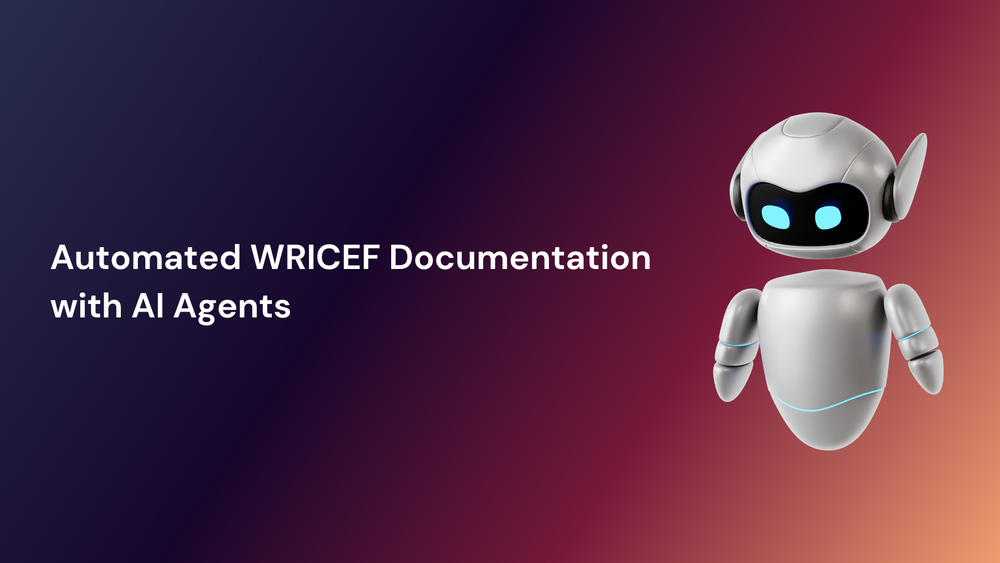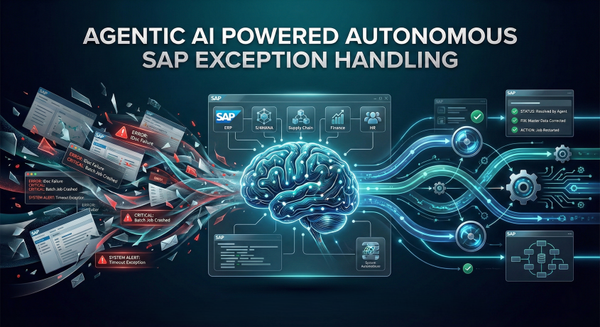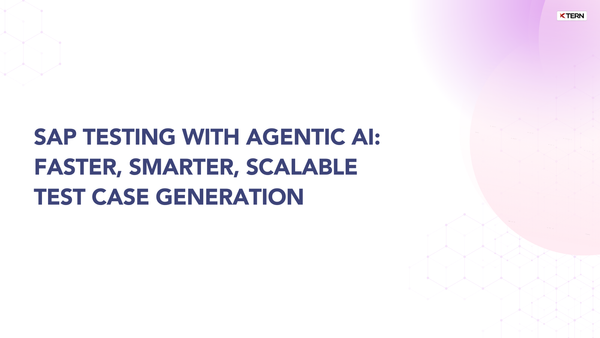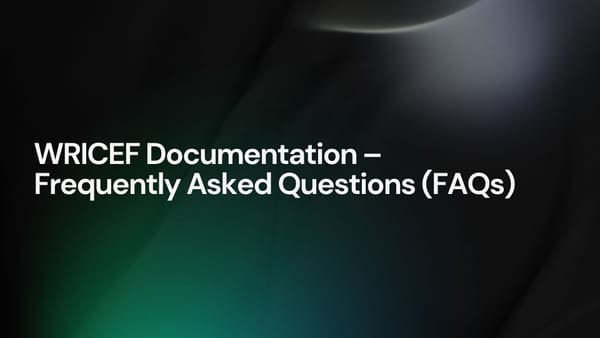Automated WRICEF Documentation with AI Agents
Introduction
Every SAP system is unique. Over years of implementations, rollouts, and upgrades, organizations accumulate custom developments that are built to address specific business needs that standard SAP cannot fulfill. These objects are known as customizations or WRICEF objects:
- Workflows
- Reports
- Interfaces
- Conversions
- Enhancements
- Forms
Together, they form the exclusive DNA of an SAP system. They differentiate one enterprise from another. For many businesses, these WRICEF objects embody 15 to 20 years of accumulated knowledge and intellectual property (IP).
But here’s the problem:
In most cases, WRICEF documentation is poor, missing, or outdated.
This blog will deep-dive into why WRICEF documentation is so critical, the pain points organizations face, and how automation is changing the game.
The Problem with WRICEF Documentation Today
1. Knowledge Loss & Dependency on Individuals
When developers or consultants leave, their undocumented knowledge goes with them. Organizations often find themselves reverse-engineering old code just to understand how critical processes work.
2. Manual Documentation is Painful
Traditionally, WRICEF documentation is written manually in Word, Excel, or SharePoint. This takes weeks of effort, and by the time it’s completed, the information is already outdated.
3. No Single Source of Truth
Most organizations have WRICEF specifications scattered across emails, attachments, and legacy systems. This makes it impossible to get a clear, centralized view of all objects.
4. Increased Cost During SAP Transformations
When migrating to SAP S/4HANA, every WRICEF object must be analyzed:
- Should it be retained?
- Should it be redesigned?
- Can it be retired?
Without documentation, consultants spend huge budgets and months of effort doing object assessments manually.
5. Compliance and Audit Risks
Auditors often ask:
- Which custom developments are in production?
- What is their business purpose?
- Who developed them and when?
Without WRICEF documentation, compliance becomes a major headache.
Why WRICEF Documentation is Critical
Think of WRICEF objects as the crown jewels of your SAP system. They protect and enable your unique business processes. Proper documentation delivers several benefits:
- Business Continuity: When incidents happen, teams can quickly identify logic, ownership, and fix issues faster.
- Transformation Readiness: Documentation simplifies the move to S/4HANA or cloud by clarifying what to keep, redesign, or retire.
- Cost Savings: Reduces rework, duplicate development, and wasted consulting hours.
- IP Protection: Safeguards decades of investments in custom SAP development.
- Audit & Compliance: Ensures organizations can prove ownership, traceability, and business justification for every WRICEF.
Common Pain Points in WRICEF Documentation
Let’s break down the real-world struggles most enterprises face:
| Pain Point | Impact |
|---|---|
| Manual documentation in Word/Excel | Weeks of effort, error-prone |
| Outdated specs | Teams work with wrong logic |
| Multiple templates across projects | Inconsistency, duplication |
| Documentation scattered across tools | No single source of truth |
| No link between technical object & business context | Poor knowledge transfer |
| High cost during upgrades | Budgets overshoot |
How WRICEF Documentation is Traditionally Done
Traditionally, WRICEF documentation is written after the development. Developers or functional consultants create:
- Functional Specs (FS): Business requirements and expected logic.
- Technical Specs (TS): How developers built the object.
Problems with this approach:
- Documentation is often rushed to “close the ticket.”
- Specs rarely get updated when enhancements are made.
- If outsourced, documentation quality depends on the vendor.
This creates a documentation debt that piles up over years.
Automating WRICEF Documentation: A Game-Changer
New platforms like KTern.AI WRICEF Documentation Agent bring a paradigm shift by automating end-to-end documentation.
Key Capabilities of Auto-Documentation:
- System-Driven Extraction: Pulls details directly from SAP (no manual effort).
- Executable Object Identification: Counts only the relevant WRICEF objects.
- Business Context Mapping: Links each object to its business function.
- Centralized Repository: One single source of truth for all documentation.
- Continuous Update: Documentation stays current with every change.
- Impact Analysis Ready: Quickly shows dependencies for upgrades and transformations.
Benefits of Automated WRICEF Documentation
- 70–80% Faster Documentation: Cuts down weeks of manual work into hours.
- Accelerated S/4HANA Migration: Clear inventory helps prioritize what to retire, redesign, or reuse.
- Improved Knowledge Transfer: New consultants and teams can get up to speed faster.
- Audit Readiness: Traceability for every object: developer, user, purpose, last modified date.
- Reduced Support Costs: Faster incident resolution due to clear technical and functional context.
- Future-Proofing SAP Investments: Protects the decades of IP built into your SAP system.
Best Practices for WRICEF Documentation
- Automate Wherever Possible – Manual documentation is not sustainable.
- Establish a Single Source of Truth – Centralize WRICEF specs in one repository.
- Include Both Technical & Business Context – Documentation should serve developers and business users.
- Keep It Evergreen – Update automatically as objects change.
- Integrate into PMO Governance – WRICEF documentation should be a mandatory deliverable.
WRICEF Documentation in SAP S/4HANA Transformations
WRICEF documentation plays a critical role in clean core strategy:
- Identify obsolete customizations – Many WRICEF objects may not be needed in S/4HANA.
- Assess impact on standardization – Which objects conflict with SAP standard processes?
- Plan migration waves – Documentation helps sequence objects for transformation.
- Ensure clean core compliance – Helps maintain a sustainable, upgrade-friendly system.
Conclusion
Your WRICEF objects are not just pieces of code - they are the foundation of your enterprise’s SAP DNA. They represent years of innovation, problem-solving, and differentiation.
Yet, most organizations neglect to document them properly, creating hidden risks and costs.
The future of WRICEF documentation is automation:
- System-driven, not human-dependent
- Always up-to-date
- A single source of truth
- Ready for audits, migrations, and clean core compliance
By adopting automated WRICEF documentation, enterprises can protect their IP, cut costs, accelerate transformations, and ensure business continuity.




